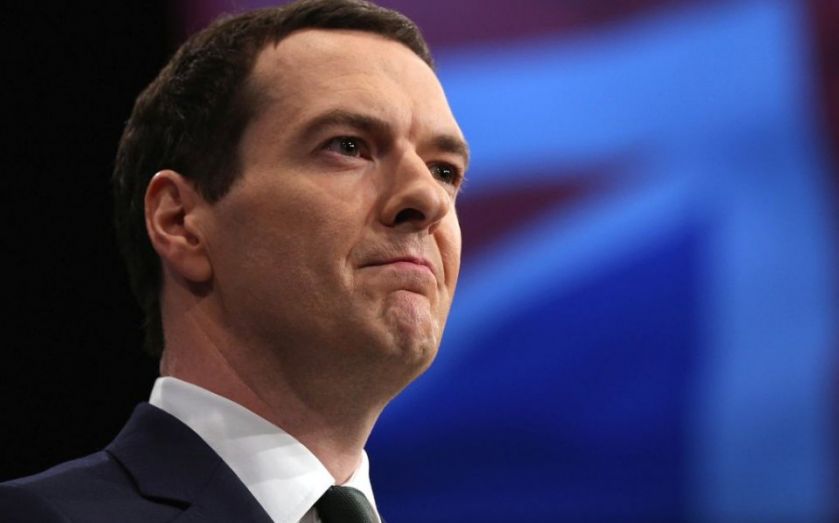Autumn Statement 2015: George Osborne must end the distortion caused by stamp duty hikes for high value residential property

In recent years, there has been a perfect storm of changes to residential property taxation: from the introduction of the Annual Tax on Enveloped Dwellings to offshore Capital Gains Tax, from clampdowns on corporate vehicles buying property to the removal of buy-to-let relief.
But one change in particular threatens to tip the market over the edge – the sharp rise in Stamp Duty Land Tax (SDLT) rates.
In December last year, the chancellor completely revamped the tax, removing its slab structure. This had meant that, if a home’s value fell within a particular band, the entire cost of it was taxed at the associated rate. Now, SDLT is levied like income tax. But at the same time, the chancellor imposed sharp hikes on the rates paid at the higher end of the market: to 10 per cent between £925,001 and £1.5m, and 12 per cent over £1.5m.
Read more: Osborne hikes stamp duty on buy-to-let homes
The principle underpinning UK home ownership is that you do not pay tax on the gains on your principal primary residence over the long term. However, with these new SDLT rates, this has changed.
Imagine you are a homeowner who 10 years ago bought an apartment for £1m, spent over £500,000 on it, and it is now worth £2.5m. You have technically made a £1m gain over the ten years. However, anyone looking to buy your home is likely to discount their offer by up to £300,000 to take into account the new SDLT rate. This is the equivalent of a 30 per cent tax on the profit you have made, not taking into account the 12 per cent you will pay to acquire your next £2.5m home. Big purchase tax numbers that are not obviously wrapped up in the value of real estate scare buyers away.
Since the SDLT changes, the London market has cooled considerably between £5m and £10m, less between £2.5m and £5m, and is continuing to hold its own but with reduced volume in the £1.5m to £2.5m bracket. Some might say this was the chancellor’s aim, to slow the market and bring in revenues. But there are consequences.
While moving away from a slab system of SDLT was designed to harvest more tax from relatively wealthy property owners, the unanticipated consequence will also be to limit the supply of affordable homes for the less well-off. This is because the profit generated on flats over £1.5m at a large development funds the affordable housing which is also built as a result of the development. Put simply, higher SDLT at the top end is choking off the supply of affordable housing, with the result being that fewer homes are built overall.
Another unintended consequence is that developers are stepping up the supply of one bedroom units that fall beneath the £1.5m limit, distorting the mix of homes supplied.
Substantial reductions in the volume of sales inevitably lead to reductions in price because not everyone has the luxury of time when they need to sell. These price reductions will threaten loan-to-value covenants and will ultimately create banking credit risk.
At the same time, it seems odd that none of the above measures have been used to tax commercial real estate. An offshore individual can invest, via a corporate vehicle, in commercial real estate, sell either the asset from that vehicle or the vehicle itself, and pay no tax in the UK on any profits made (not the same for residential). If we are to build more homes, a level playing field is the minimum one would expect.
A major consequence of the higher rate of SDLT on properties over £1.5m is that the average prices for properties below £1.5m are moving up more rapidly. This is not in the best interests of the country either, with double digit growth in the London mid-market being spurred by the difference between the two upper bands. A reduction in the gap between these bands would reduce this distortion.
It is clear that the chancellor has succeeded in cooling the market, but the 12 per cent rate was an overshoot and should be reduced to 9 per cent for properties worth between £1.5m and £6m. The chancellor’s Stamp Duty take fell 7 per cent to £4.8bn in the six months to July compared with the year before – so unless he wants to see it fall further, he will adopt this measure in his Autumn Statement this week.